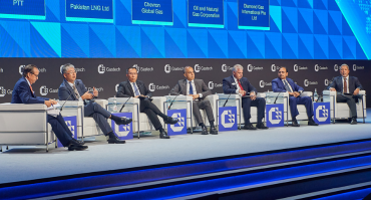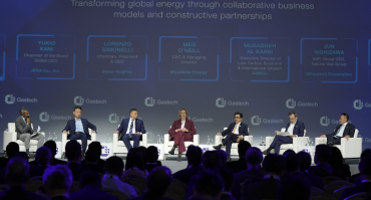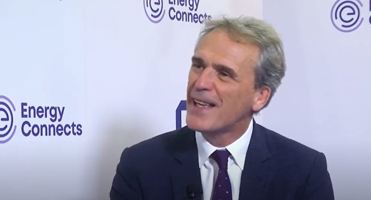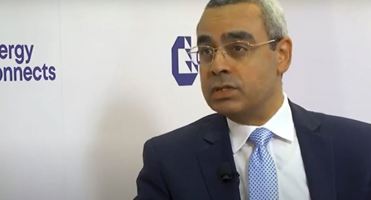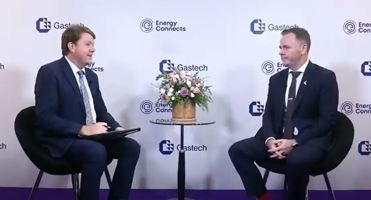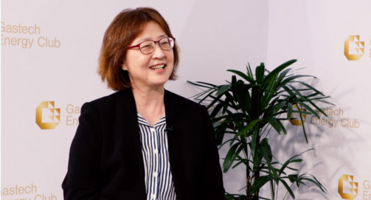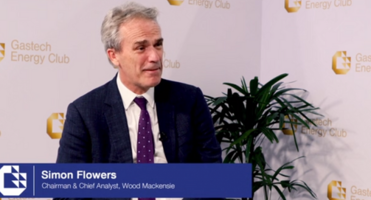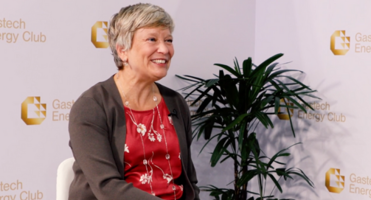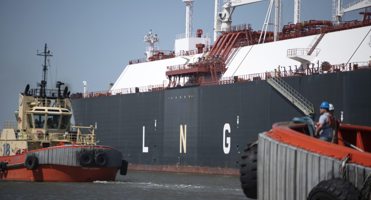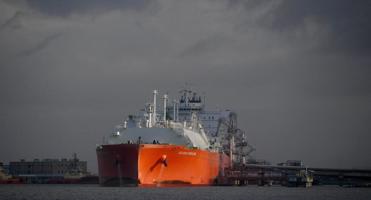Review of Current LNG Market Context
The global LNG market has experienced whiplash in recent years. In 2022, the curtailment of Russian pipeline gas to Europe triggered a massive supply shock. European buyers scrambled to replace lost pipeline volumes with LNG, competing with Asian importers and sending prices to record highs. Global LNG trade expanded by over 4%, reaching 389 Mt by January 2023. Europe alone increased LNG imports by nearly 60% year-on-year, with the US supplying over 40% of that.
By mid-2023, tightness eased into a fragile equilibrium thanks to a mild winter, demand conservation, and strong storage levels. TTF and Asian spot prices dropped to the US $10–$14/MMBtu range, down from US $30–$40/MMBtu in 2022. LNG import growth slowed, with Asia and the Americas driving limited demand while Europe stabilised at just over 120 Mt. As of 2024–2025, the market remains precariously balanced, with liquefaction utilisation near 90% and minimal spare capacity. Roughly 200 MTPA of new supply is expected between 2025 and 2030, with demand trends being closely watched.
Long-Term LNG Demand Outlook
Most forecasters see strong growth for LNG towards 2040. We expect global LNG demand to grow from 400 Mt in 2023 to 650–700 Mt by 2040, with Asia accounting for over 70% of new demand. China is set to exceed 150 Mt, more than doubling current levels. India’s goal to increase gas to 15% of its energy mix could push imports past 50 Mt, while Southeast Asia may triple its demand to 60 Mt.
This belief is driven mainly by a strong global energy demand growth assumption, further propelled by surprisingly strong growth in AI-driven data needs. Hyperscale data centres are projected to add 100–200 TWh of power demand annually by 2030, reinforcing the need for firm generation capacity, with LNG-to-power playing a key role.
This dynamic is likely to be compounded by ongoing strong renewables growth while power grid investment continues to lag. The exponential scaling of renewables capacity increasingly faces grid infrastructure constraints and intermittency issues, impacting resilience and reliance of power grids and highlighting the importance of LNG-driven firm generation capacity.
Global LNG Supply Pipeline and FID Risks
More than 200 MTPA of liquefaction capacity is under development across 124 projects. If all projects achieve full commission, nameplate LNG liquefaction capacity could surpass 700 MTPA by 2030, up from ~490 MTPA in 2024. This optimistic forecast would see LNG markets reach an oversupply, reframing the market and pricing accordingly.
However, rising capital costs, up 20–30% since 2020, and limited long-term offtake agreements undermine project bankability. Many buyers now prefer shorter contracts balanced with spot exposure, reducing certainty for lenders. Furthermore, persistent construction delays and budget overruns continue to challenge project timelines. Combined with elevated interest rates, ESG-driven financing constraints, and slower permitting in key markets, supply realisation is highly uncertain, requiring a scenario-based approach to assessing outlook:
Three LNG Supply-Demand Scenarios
Scenario A: “Full Build-Out” – All major projects proceed. Capacity hits 700+ MTPA by 2030, exceeding 580–600 MTPA demand. Utilisation drops to 80% or lower. Prices fall to US $7–8/MMBtu, putting pressure on high-cost producers.
Scenario B: “Selective Growth” – Only low-cost projects proceed. Adds 120–150 MTPA, roughly aligning supply with demand. Prices stabilise between US $8–11/MMBtu.
Scenario C: “Stalled Supply” – Delays and cancellations limit additions to 70–90 MTPA. Demand outpaces supply by late 2020s. Prices exceed US $12/MMBtu, with volatility and demand destruction in price-sensitive regions.
Scenario B appears most probable. Pre-FID volumes suggest selective growth is feasible, but rising costs and limited contract commitments constrain aggressive expansion. Elevated prices and renewed contracting activity could tilt toward Scenario A, while financial or geopolitical setbacks could create Scenario C-style tightness.
Implications and Signposts
The LNG market’s outlook is growth-oriented but exposed to execution risks. To track market trajectory, watch:
- Corporate sentiment and guidance from companies holding 300+ MTPA of pre-FID capacity
- Long-term offtake trends—new deals over 20 MTPA/year may signal rising buyer confidence
- Price levels—sustained spot prices above US $12/MMBtu may accelerate higher-risk project approvals
- Investment flows from private capital and export credit agencies, especially amid ESG constraints
These signals will determine whether the LNG market swings into oversupply, remains balanced, or tightens. Navigating this next phase will hinge on understanding how demand resilience aligns with supply execution.
